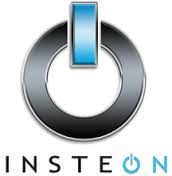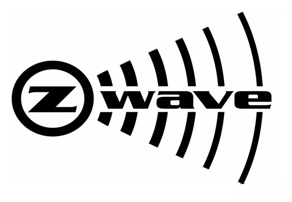[socialring]
Z-Wave vs Insteon: Which One is Better in Different Situations
In the world of home automation, both INSTEON and Z-Wave are popular brands that employ mesh networking technology. However, both of them differ in terms of features and specifications. Therefore, if you are thinking about home automation, you would surely to compare and find out the most suitable option. This article will talk about z-wave vs insteon and their differences.
Overview
INSTEON employs a distinct, dual-band mesh network for transmitting control signals via the wiring mains of your home (powerline) as well as proprietary wireless network. All INSTEON devices powered by mains play the role of repeaters for recasting the messages simultaneously to reach up to the farthest area of your home.
On the other hand, Z-Wave’s mesh network relies only on wireless channels to send signals. It works by comprehending the status of all devices connected and adapting to ensure best routing of signals by averting dead-spots.
Installation
Because INSTEON devices interact through the established wireless and mains’ network, no extra wiring is required for installation. There is also no need to enroll a device into the network, as each has a distinct ID to join the network automatically, the moment they are powered.
Talking about Z-Wave, installation is quite straightforward. You can install devices easily into the present mains. Nevertheless, you will have to enroll each device in the Z-Wave network by pressing a button present on the gadget to allow the Z-Wave network controller for accepting the device. Although this is an extra step as compared to the former, it is really simple and does not cause any inconvenience.
Speed
INSTEON devices react without any delay even on the wireless network having the data rate of 38Kbps maximum. The messages reach their destination in maximum 0.05 seconds. On the other hand, Z-Wave has a slower rate of 9.6Kbps but this does not affect the speedy performance of activated devices.
Routing
INSTEON devices act as peers, and therefore, they follow peer-to-peer routing. This indicates that any device can play the role of responder or receiver, controller or sender, or repeater. As a result, routing is simple. Usually, only mains-activated devices play the role of repeaters, not battery operated one so that the battery life is saved.
Z-Wave devices act as controllers, routing slaves, and slaves, of which only controllers and routing slaves can repeat messages. They understand the network for precise routing through predefined ‘Routing Tables’. This can make routing a bit complex, particularly for larger networks.
Security
Due to distinct ID, INSTEON devices are resistant to eavesdropping and external control. Further, they employ encryption standard of AES–256 for maximum security. Even Z-Wave devices have a distinct network ID and same security features of INSTEON.
Which One is Better?
The dual mesh technology, recast mechanism, and easy installation make INSTEON to give you a more robust network with multiple communication mediums, which is specifically beneficial for larger networks. However, these benefits are not that evident in moderate systems having not more than 100 smart wireless devices within 2,000 m2. Herein, Z-Wave is more beneficial because there is no need of several repeaters, which facilitates keeping simple routing tables.
A home automation fan needs to consider the range of products offered to fulfill your needs. This is where Z-Wave wins with more types for power, security, heating, lighting, and more.


